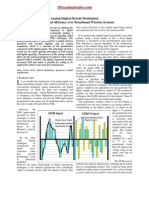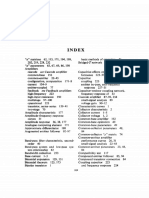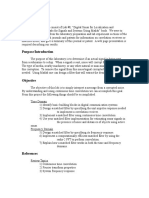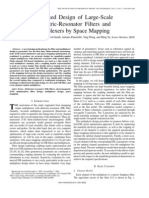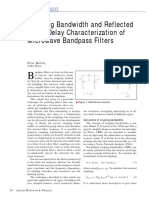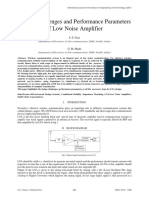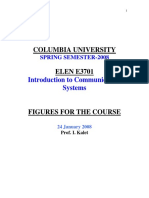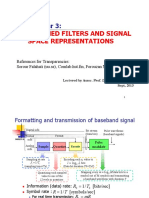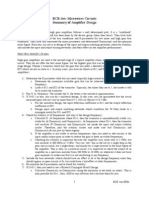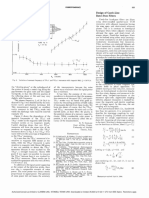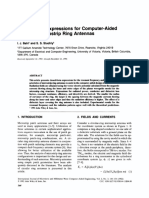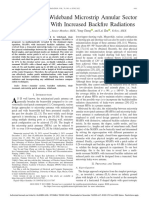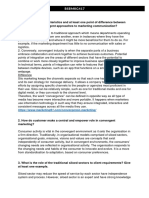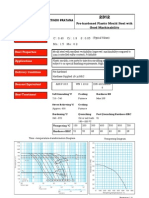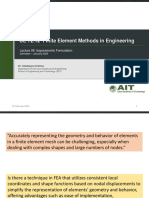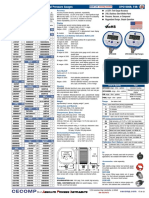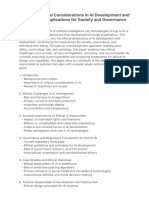0% found this document useful (0 votes)
68 views10 pagesSynMatrix-Application-Note-2-Dispersion Setting
The document discusses dispersion function in SynMatrix360, which models dispersion effects that can cause asymmetrical responses in microwave filters. Dispersion is caused by frequency-dependent coupling between resonators. The function allows modeling positive or negative dispersion to simulate electrical or magnetic coupling schemes. It assists in computer-aided tuning by optimizing asymmetric responses for wideband filters.
Uploaded by
Hüseyin Nuri GülmezCopyright
© © All Rights Reserved
We take content rights seriously. If you suspect this is your content, claim it here.
Available Formats
Download as PDF, TXT or read online on Scribd
0% found this document useful (0 votes)
68 views10 pagesSynMatrix-Application-Note-2-Dispersion Setting
The document discusses dispersion function in SynMatrix360, which models dispersion effects that can cause asymmetrical responses in microwave filters. Dispersion is caused by frequency-dependent coupling between resonators. The function allows modeling positive or negative dispersion to simulate electrical or magnetic coupling schemes. It assists in computer-aided tuning by optimizing asymmetric responses for wideband filters.
Uploaded by
Hüseyin Nuri GülmezCopyright
© © All Rights Reserved
We take content rights seriously. If you suspect this is your content, claim it here.
Available Formats
Download as PDF, TXT or read online on Scribd
/ 10





